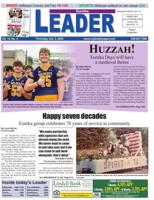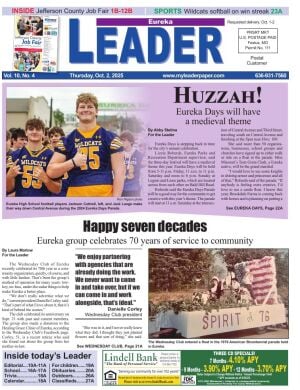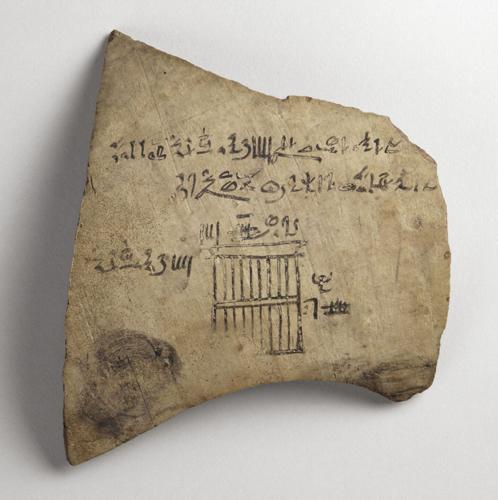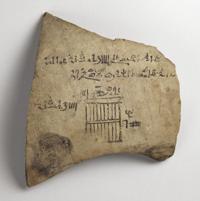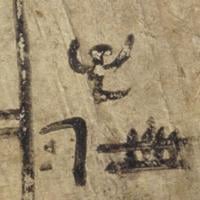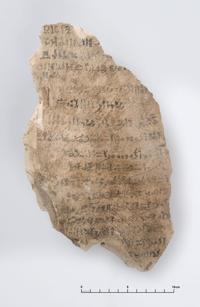
1295 to 1186 BCE records an order from a man called Nakhtamun for windows. (Musée du Louvre via SWNS)
By Faye Mayern
An exhibition has revealed Ancient Egyptian sick notes and work invoices - including one man who stayed home because he'd been bitten.
The 'Made in Ancient Egypt' presentation at the Fitzwilliam Museum in Cambridge shows how these living in ancient times are not so different to us.
One ostracon - a piece of pottery used for writing - details a list of absences and days when no one worked in the Valley of the Kings in Ancient Thebes.

1295 to 1186 BCE records an order from a man called Nakhtamun for windows. (Musée du Louvre via SWNS)
The artifact, dating back to between 1550 and 1069 BCE, reveals how, in one month, the whole workforce attended the funeral of a woman.
A worker named Panebu was absent on day 12 because he had been bitten - although it does not say what bit him.
Another inscription of terracotta clay from 1295 to 1186 BCE records an order from a man called Nakhtamun.
The diagram shows the type of window required - four palms and two fingers wide by five palms high.

The 'sick note'. (Musée du Louvre via SWNS)
It is written in hieratic - a form of handwriting related to hieroglyphs - and reads: "It’s a job to do four of this type exactly. Exactly! But hurry, hurry, by tomorrow. I will let you know!"
There is also a 3,200-year-old receipt for decorating a coffin on display at the museum.
It details how on average a complete coffin cost roughly the same as three months' wages.
The museum's collection features items on loan from the Musée du Louvre, Paris and the Egyptian Museum, Berlin.
